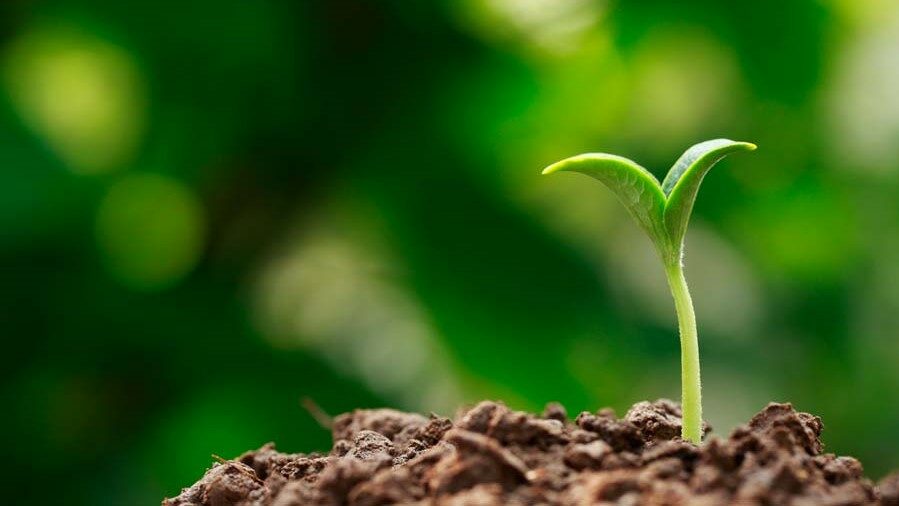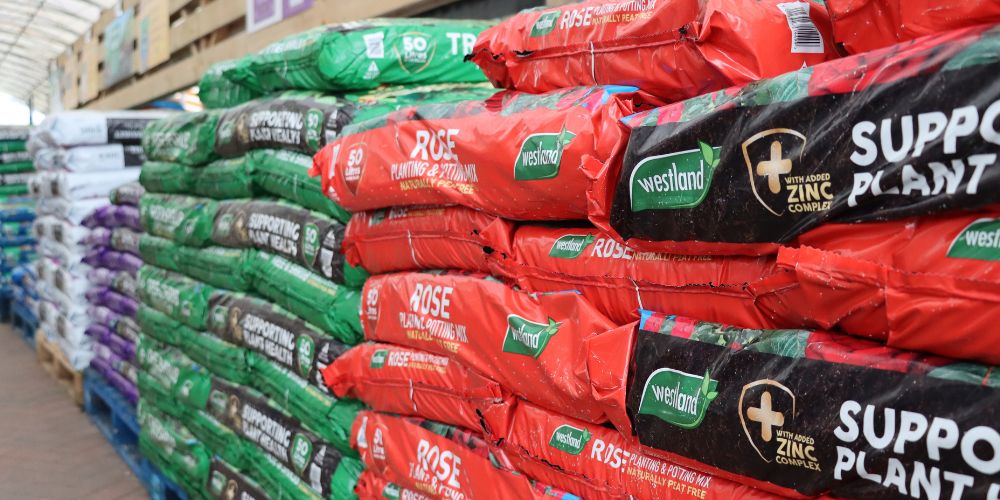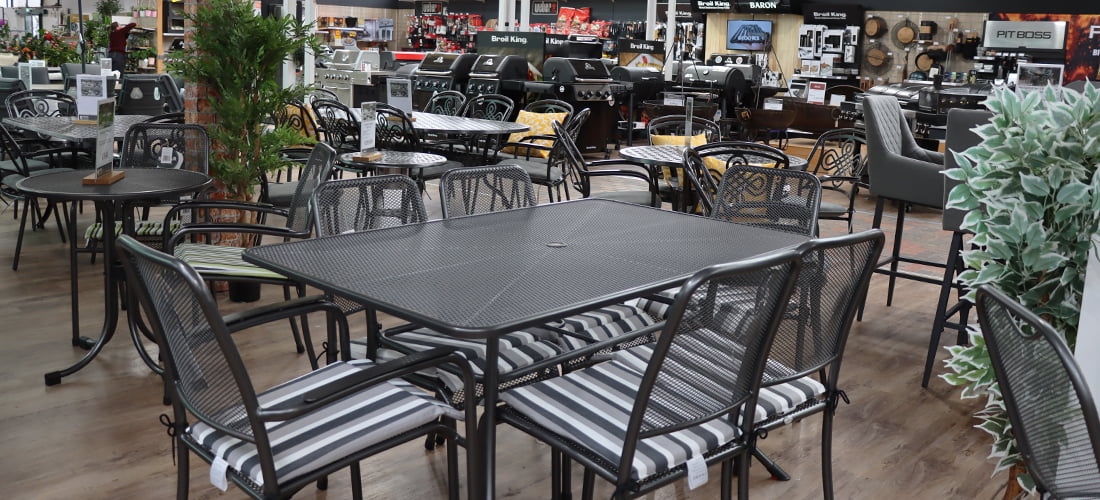Organic gardening entails growing plants of all types, in particular vegetables and fruit, without the aid of artificial chemicals for feeding, pest and disease control, soil conditions or weeding.
FEEDING
Organic fertilisers should be selected to ensure that plants receive the right balance of plant foods that they require.
The main plant foods are:
- Nitrogen (N) for leaf and stem growth
- Phosphorus (P) for roots
- Potassium (K) for flowers and fruit
- Calcium
- Iron
- Boron
- Manganese
- Magnesium
DRY FERTILISERS
The main plant foods are supplied by the following organic plant foods:
- Bonemeal for phosphates and some nitrogen
- Dried blood for nitrogen
- Seaweed for root stimulation
- Wood ash for nitrogen and phosphates
- Garden lime for calcium
- Concentrated animal manures for nitrogen, phosphates and potash
- Fish, blood and bone for high nitrogen over a long period with good amounts of phosphates.
ORGANIC MATERIAL
Whereas organic fertilisers feed the plant, organic material such as well-rotted farmyard manure, garden compost, spent mushroom compost, cocoa shell and other animal waste products help to improve the structure and fertility of the soil by acting firstly as a buffer to aid free drainage or as a sponge like material retaining the plant foods within the soil.
COMPOST HEAPS
- Dig over the soil at the base of the container to allow insects and invertebrates to travel up into the organic matter and assist in breaking it down.
- Fill the container with a layer of vegetable waste to a depth of 30cm.
- Spread a layer of garden soil 3cm thick on top of the vegetable material, followed by a sprinkling of a compost activator. This layer enables the soil animals to be fed and transported throughout the heap.
- Continue to fill to the top of the container in 30cm layers divided with 3cm soil layers and activator at each level.
- Leave the top open to the weather to allow the free passage of rain water into the heap.
- In early autumn turn the material from the first container into the second to continue the process of decomposition. Turning is important to ensure that all the weed seeds are killed within the compost.
- By the following spring, summer or autumn the compost is ready for use but avoid using the outer 15cm around the sides and over the top as this may contain weed seeds that still have not been sterilised and will need re-composting the following year.
- Grass clippings should only be used in the ratio of 25% clippings to 75% other vegetable material at any time. Never use clippings if a weed killer has been used on the lawn.
WEEDING
- Use a hoe to cut off weeds from their roots.
- Dig out by using a digging or hand fork.
- Pull out by hand.
Smother annual weeds with a 5-8cm mulch of organic material such as well-rotted farmyard manure, garden compost, spent mushroom compost, cocoa shell bark or other proprietary material.
Persistent perennial weeds can be smothered using an old carpet or carpet underlay. Laying black plastic over the surface will also reduce weed growth.
Where perennial weed roots grow into an area such as an adjoining garden, a sunken barrier of heavy gauge black polythene will retain much of the problem.
WATERING
HOW TO ENSURE ADEQUATE WATER
Soil preparation prior to planting is very important, and if plants are to be grown in containers the right potting compost must be used.
Soil should be dug as deep as is practical and between 25-50cm is normally ideal. Digging lets in air, as well as water, to prevent root suffocation.
Water retaining polymer granules can be added to compost or soil prior to planting but be careful to follow the manufacturers recommendations closely.
ADDING ORGANIC MATERIAL
Adding organic material to the soil such as well-rotted farmyard manure, garden compost, spent mushroom compost, coir, peat or peat alternative, will all help act as sponge to retain the rain or watering.
MULCHING
Providing a mulch of one of the organic materials or ornamental bark to a depth of 4-5cm will help prevent drying out as well as keeping the soil surface open and able to absorb rain or watering.
WATERING CANS
Watering cans come in many types but the best is one with a long spout, possibly fitted with a fine watering can rose.
The spout and the rose both slow down the water flow rate and leads to less soil disturbance and possible root or plant damage.
APPLYING WATER
At some time water may have to be applied and this can be done in a number of ways and applying it correctly is amongst one of the most important jobs in the garden.
SPRINKLERS
Whenever sprinklers are used it is preferable not to use them during the heat or in sunny periods as this can cause leaf scorching.
TRICKLE OR SOAKING HOSES
Trickle or soaking hoses may be used which allow very small amounts of water to be delivered over an extended period of time. Alternatively, a more permanent sprinkler system can be installed.
ROOT WATERING
In the garden 5-8cm diameter pipes or plastic soft drink bottles with the bottoms cut off can be sunk in the soil alongside trees or shrubs, particularly when they are planted as large specimens. These should be topped up with water on a regular basis.








